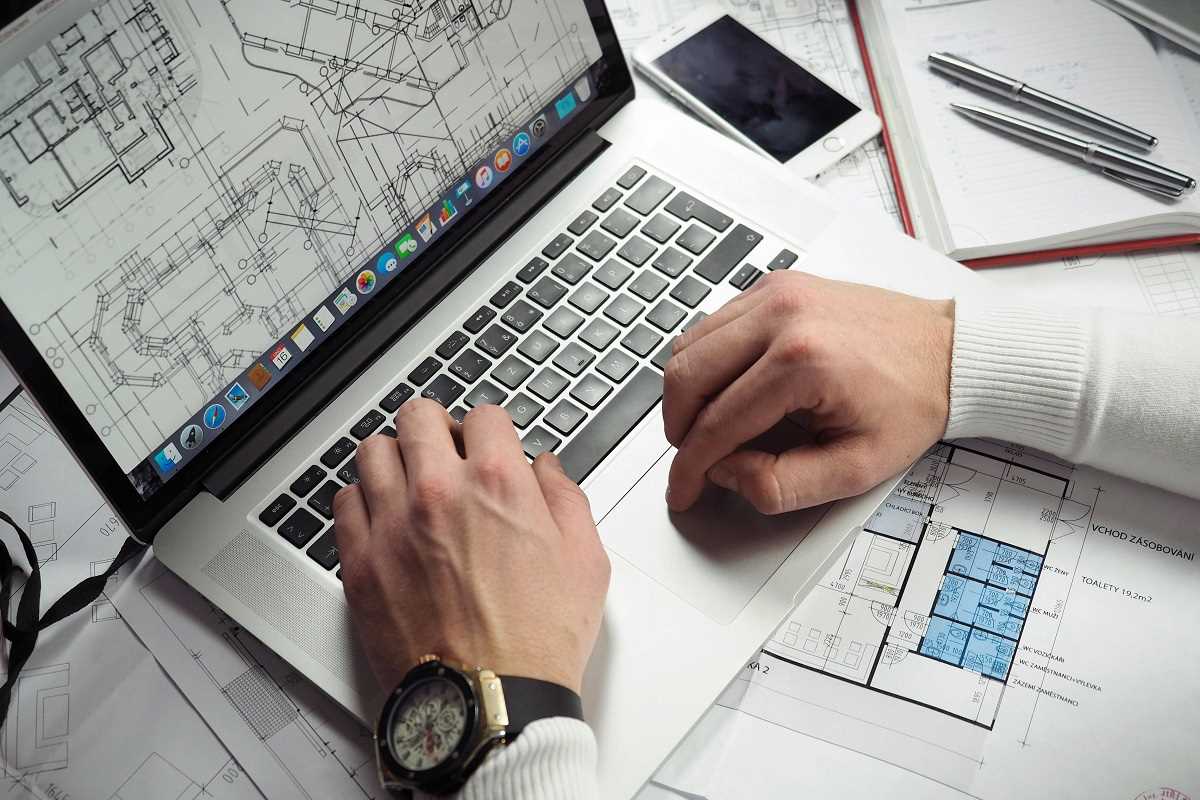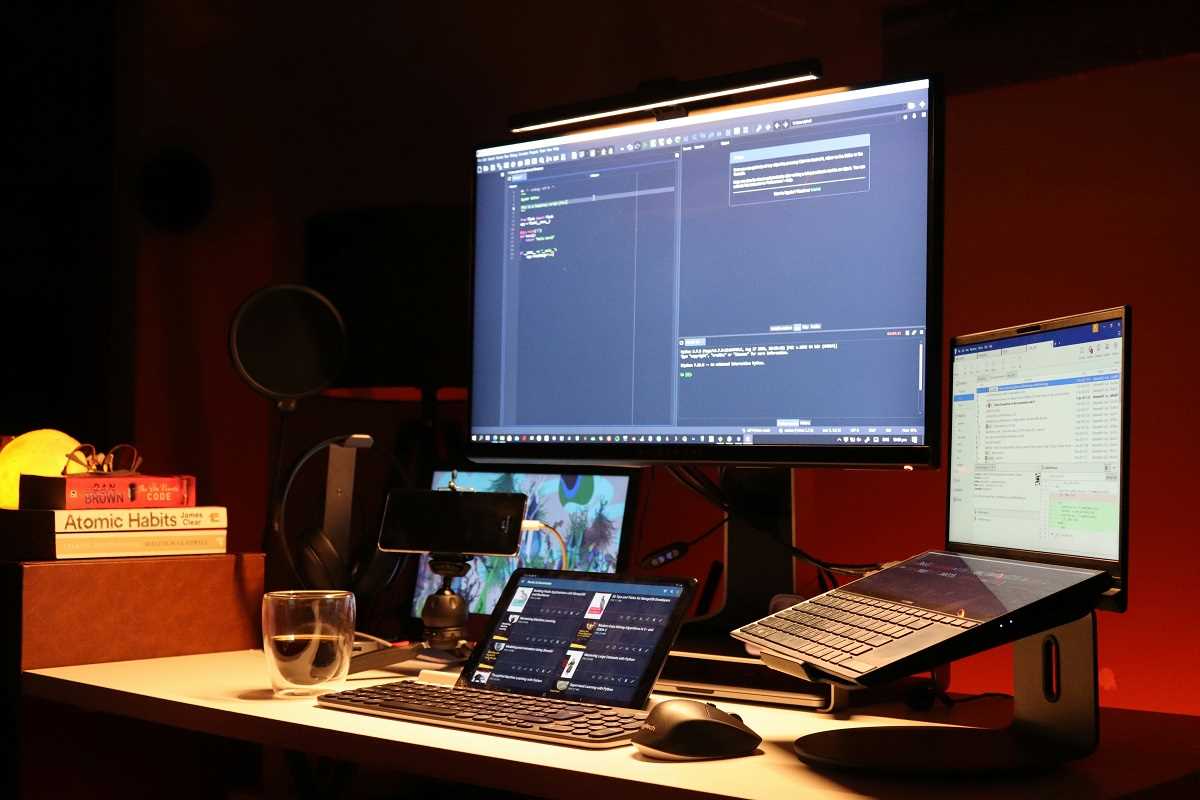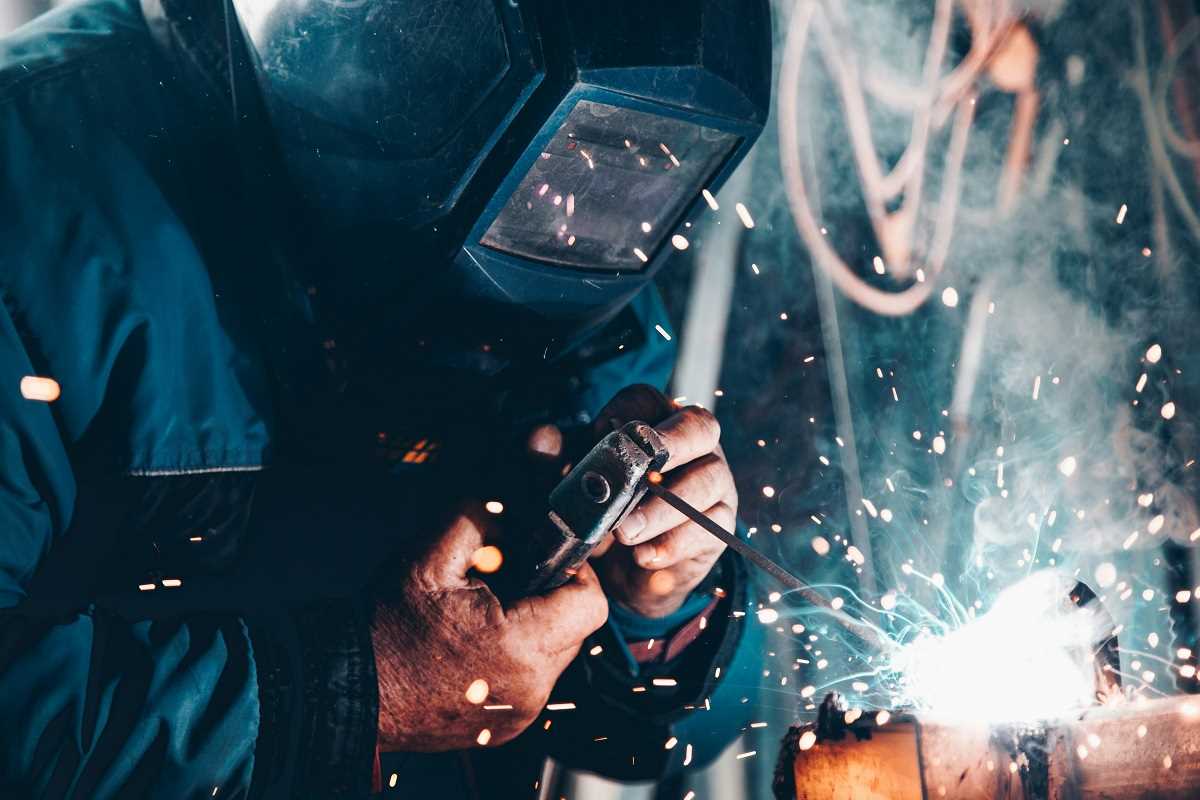Architecture is all around us. From towering skyscrapers to cozy homes, architects design the spaces we live, work, and play in every day. Over the years, architecture has evolved not just in style but also in how these creations are brought to life. One of the biggest drivers of this change is technology. Tools and advancements in technology allow architects to design with precision, push the boundaries of creativity, and construct buildings faster and more efficiently than ever before.
Technology is transforming modern architecture in remarkable ways. Let's take a look at how new innovations are shaping the design and building process and what this means for the future.
Designing with Technology
Before computers, architects would draw their designs by hand. This process was time-consuming and required a lot of revisions. Today, thanks to technology, architects use powerful software programs to create their designs. One such tool is Building Information Modeling, or BIM for short. BIM is a type of 3D software that allows architects to design buildings with incredible detail. With BIM, they can create lifelike digital models that include everything from the walls and windows to the plumbing and electrical systems. This makes it easier to spot potential problems before construction even begins. Imagine building a detailed Lego model on a computer where you can undo and redo endlessly—that's BIM in action.
Another fantastic tool architects use is virtual reality (VR). VR goes one step further than traditional drawings or models. It allows architects and clients to experience the building before it's even constructed. By wearing VR headsets, people can "walk" through a virtual version of the building. For instance, someone designing a new school can use VR to see how classrooms and hallways will feel in real life. This helps ensure that the design works perfectly for its intended purpose.
Construction Made Smarter
Technology isn’t only changing how buildings are designed; it’s also revolutionizing how they’re built. One of the most exciting advancements in construction is 3D printing. We’re not just talking about small plastic toys or models—3D printing can now create entire building components. Using special materials like concrete or biodegradable substances, large 3D printers can "print" walls, roofs, and even entire small structures. This method reduces waste, speeds up construction, and lowers costs.
A great example of this is in housing development. 3D printing has been used to build affordable homes in record time, solving housing shortages in places that need it most. Imagine printing a sturdy, eco-friendly house in just a few days—technology has made this possible.
Robots are another game-changer in construction. Some robots are designed to lay bricks, while others are programmed to weld steel beams. By using robotics, architects and construction teams can improve both safety and precision. Humans no longer need to handle some of the most dangerous tasks, reducing workplace accidents.
Pushing Boundaries of Creativity
Just as technology helps architects build better and faster, it also fuels creativity. With advanced computer simulations, architects can test unique and complicated designs that would have been impossible to create in the past. Take some of the world’s most eye-catching buildings, for example, like the curves of the Sydney Opera House or the twisting design of the Turning Torso tower in Sweden. Concepts like these are now easier to test and build, thanks to technology.
Architects can also play around with materials in new ways. Computer software can determine the strength of materials, making it easier to experiment with innovative options, such as glass walls or roofs. This flexibility allows architects to create daring designs that are not just visually stunning but also functional.
Technology and Sustainability
One of the most pressing challenges that architecture faces today is sustainability. How can we design buildings that work better with the environment? Technology has provided many solutions to this. For example, architects now use special programs to study sunlight patterns, allowing them to design buildings that use natural light more effectively. More natural light means less energy spent on electricity.
Some structures are even being built using entirely sustainable materials, like 3D-printed biodegradable plastics. Plus, advancements in renewable energy technology, such as solar panels that blend seamlessly with rooftops, are improving energy efficiency in buildings.
Green roofs, vertical gardens, and self-cooling structures are becoming more popular. These aren’t just cool to look at—they also help reduce urban heat and provide cleaner air in cities. By combining architecture with environmental technology, architects can create buildings that serve both people and the planet.
What’s Next?
The future of technology in architecture seems limitless. One possible advancement is the use of artificial intelligence (AI). AI could help architects come up with completely new designs based on specific needs, like reducing energy use or maximizing space. Imagine asking a computer program to design a building that fits perfectly between two skyscrapers while also doubling as a park. AI might just make that possible.
The use of smart materials is another exciting development. Imagine walls that can repair themselves or windows that adjust their tint depending on the amount of sunlight—these are areas where technology and architecture could intersect soon.
Finally, as 3D printing technology continues to grow, we might see entire neighborhoods built this way. These homes could be customized for different environments, from desert-style homes to buildings that can withstand hurricanes. It’s like having a tailor-made house created in days instead of months.
Final Word
Technology has redefined what’s possible in architecture. From 3D modeling software and virtual reality to 3D printing and robotics, these tools make the design and construction of buildings faster, safer, more creative, and more efficient. At the same time, innovations in sustainability are helping architects address environmental challenges in smart and impactful ways.
The connection between technology and architecture is only going to grow stronger in the future. With new inventions on the horizon, architects will continue to dream big, shaping the cities and landscapes of tomorrow in ways we can barely imagine today. For anyone interested in design, technology, or problem-solving, architecture is an exciting field where creativity and innovation go hand in hand.
 (Image via
(Image via




.jpg)
